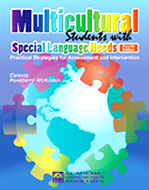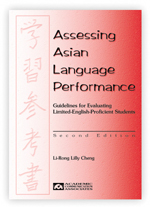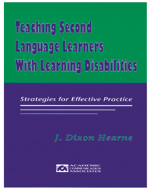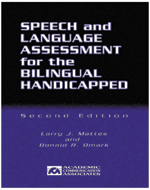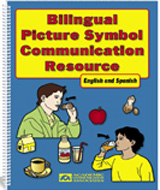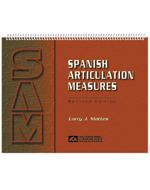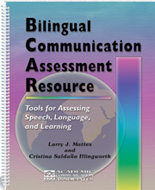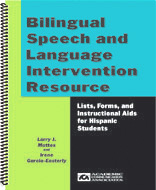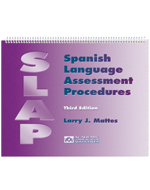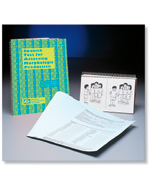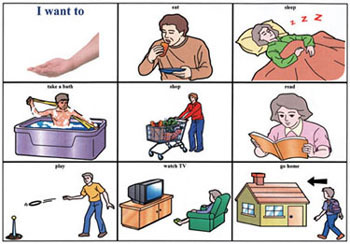 Save over 50% on Picture Master Software English Spanish French German Create communication boards easily Picture Master Language Software- $295.00 Picture Master Board Designer- $169.00 Save hundreds of dollars now on these new programs. Product Details and Special Pricing Offer |
|
Understanding and Following Directions Software Help special needs clients learn to follow directions basic concepts. The program is organized by difficulty level and can be used with children or adults. Adults with language impairments resulting from stroke/head injury respond well to this program.
More Software!
|
|
Information about HUNDREDS Use these ACA resources with children or adults. |
|
|||||||||||||||||||||||
|
Bilingual special education products and resources are in demand to help students from minority language backgrounds who have disabilities affecting their ability to learn in the classroom. When bilingual students experience difficulties in the classroom, it is often a challenge to determine why they are failing. Problems resulting from limited experience using English, cultural differences, or lack of educational opportunities are common but should not be viewed as evidence of a disorder. These students can learn efficiently if provided with culturally and linguistically appropriate programs of instruction. Instructional programs are most effective if teachers make use children's previously acquired knowledge and experiences. If a communication disorder or learning disability is identified, opportunities for instruction in the home language can facilitate learning and help children to develop cognitive strategies that will transfer to English. It is important to provide students with comprehensible input. Each child has different experiences. Some children come from homes where Spanish is used all of the time. Others come from home where English is the predominant language used by one or more members of the family. In many cases, the best approach is to provide opportunities for instruction in both the home and school languages. Instruction in the home language helps students to develop cognitive strategies that will facilitate learning and make it easier for them to learn English as a second language. Resources are described below that can be helpful in developing effective learning programs for special needs students who are learning English as a second language.
|
|||||||||||||||||||||||
